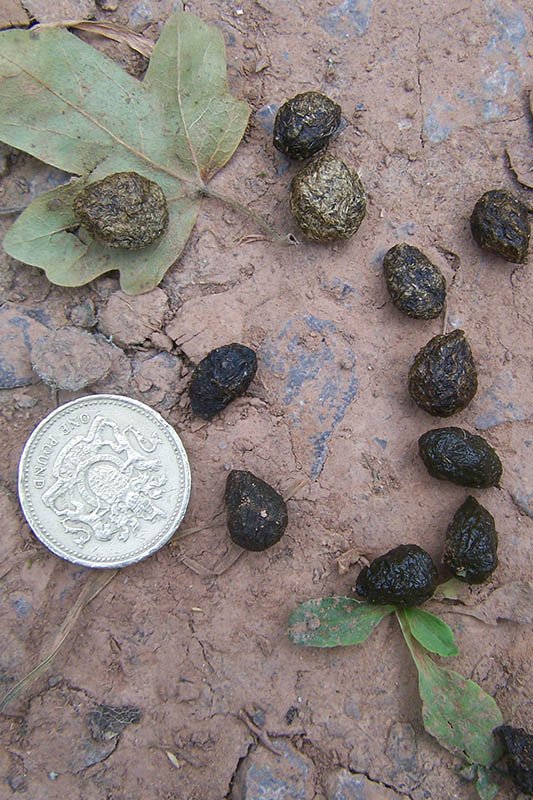Walk This Water Way Wednesday - Roe Deer!
Roe Deer (Capreolus capreolus)

The roe deer is small, reddish brown in the summer, and grey in the winter. It has a distinctive black moustache stripe and a white chin. Roe deer are widespread through Scotland and much of England. They are increasing in range but are not yet established in most of the Midlands and Kent (Figure 1).
Roe deer are either in small groups or solitary, with larger groups feeding together during the winter. As roe deer have become abundant, they have been treated as “vermin” due to damage to forestry, agriculture and horticulture, and consequently numbers are controlled.


You can help us to monitor roe deer by downloading the Mammal Mapper App and participating in our latest project “Walk This Water Way”. Although they are not semi-aquatic mammals, signs and sightings of roe deer along a linear feature such as a waterway can help us gather some very important data! All you have to do is walk at least 600m of waterway and record your sightings in the app. You’ll need to enter the Survey ID as WTWW.
More information about Walk This Water Way can be found here
Fun Facts!
- Roe deer make dog-like barking noises when startled or alarmed.
- Young roe deer make high-pitched whistles to attract their mothers when they become lost.
- They use well-worn paths across their range.
- The roe deer is the only hoofed animal in which delayed implantation occurs.
